990FX Motherboard Roundup with Thuban and Bulldozer – A Second Wind for ASUS, Gigabyte, MSI and Biostar
by Ian Cutress on April 5, 2012 11:00 AM ESTASUS Sabertooth 990FX BIOS
The ASUS BIOS is now firmly cemented in a motherboard reviewer's mind. That tactic of ‘easy organizational screen’ followed by ‘advanced mode’ has been integrated and copied by other manufacturers wanting to build on the success of the ASUS system. With the Sabertooth series, the focus of the product in terms of hardware and software is stability and the ability to manipulate everything to do with cooling. For the BIOS however, ASUS has decided to stick with what works best, and we get a similar system to their channel products to play around with.
Easy mode comes with the information we want from a BIOS – the name of the motherboard, the processor (and speed of that processor), the memory (and the speed of the memory), temperatures, voltages and fan speeds. Users can use the ‘system performance’ presets in the EZ BIOS for low power consumption or a fast overclock, as well as manipulate the boot priority by dragging and dropping. To boot from a device, press F8 and a menu appears to select the appropriate device.
To manipulate the system in terms of CPU clocks, the advanced mode is the place to be. ASUS’ AI Tweaker has been a feature in their graphical BIOS implementations since the early Sandy Bridge concepts, and here it is utilized on their 990FX boards. Full control of the CPU frequency and multipliers are available, as well as Digi+ VRM settings and memory. The only confusing part for me was the selection of the OC Tuner, ASUS’ automatic overclocking option. In previous iterations I have used, a menu comes up with Yes/No selection. In this instance, if a user selects it, it causes an automatic reboot and implements the OC Tuner.
SATA controls are also a little different – rather than being directly underneath the South Bridge controls, they are in their own little subsection of the SATA controls. By default, ASUS bucks the trend by implementing AHCI as standard (compared to other vendors on 990FX who have IDE as standard).
Fan controls for the BIOS are disappointingly limited; the chassis controls are all grouped under one selection. This is due to the strength of the operating system software, which provides a much more detailed selection of options for the user. I would like to see in the future the functionality of the OS software implemented into the BIOS at some stage, however if that was the case then we may come up against the 8 MB size limitations of the BIOS system.
Flashing the BIOS requires using the EZ Flash sub-software (in the BIOS). Just put the file on a USB stick and put it in a non-USB 3.0 slot (I suggest non-USB 3.0, just for compatibility) and select it in EZ Flash.
Overclocking
Overclocking performance on the Sabertooth 990FX experienced distinct extremes. On the one hand the Thuban X6-1100T processor gave respectable overclocks for our voltage limitations, however attempting to overclock the Bulldozer FX-8150 came up against a pretty solid brick wall quite a lot of the time.
Options for overclocking come in the form of OC Tuner, ASUS’ auto overclocking software, or a manual overclock. The best way to perform the manual overclock was to attempt speeds in the OS with the TurboV software (part of ASUS’ AI Suite), and then attempt them permanently in the BIOS. As always with these AMD processors, users should be careful regarding NB Link (Northbridge) and HT Link (HyperTransport) speeds which could increase with base frequency (FSB) increases.
Overclock recovery on the Sabertooth 990FX was not as sleek as other ASUS products – while a bad overclock was caught the majority of the time, infrequently the system would refuse to catch it. A hard reset was required to catch the overclock, at which the settings could be retrieved.
Each overclock is tested for stability and temperature by a full run of PovRay and Blender, two 3D image generators that utilize both the CPU and memory. Our methodology is as follows:
1) Auto Overclock
2a) Manual Overclock, High FSB (Tune to a high FSB, then raise multiplier)
2b) Manual Overclock, Stock FSB, High Multiplier
2c) Manual Overclock, Combination
Thuban X6-1100T Overclock
1) Auto Overclock: With the OC Tuner located in the BIOS, the system increased the base frequency from 200.7 MHz to 232.77 MHz, leaving the multiplier at 16.5x, giving a total increase in speed from 3.3 GHz to 3.84 GHz, more than a 16% overclock. This in turn boosted the memory a similar amount (default 1333 MHz to 1550 MHz).
For the Manual Overclock settings, the CPU voltage was set to 1.5 volts, the memory to 1.65 volts, and the NB/HT Links kept as near to 2000 MHz as possible. As this is an ASUS board, we also placed all the Digi+ VRM settings to their extreme to maximize the available overclock.
2a) Manual Overclock, High FSB: The Sabertooth does well in the high FSB test, however at 340 MHz and 330 MHz, while the system reached the operating system, gave a blue screen under high load (suggesting more voltage needed). However at our voltage limit, an overclock of 325 MHz was stable with a multiplier of 12.5x, giving a total speed of 4062 MHz. This gave 1.512 volts at full load, reaching 58°C under PovRay and 57°C with Blender.
2b) Manual Overclock, High Multiplier: Luckily, multiplier testing is straightforward. We were able to reach 20.5x multiplier at 200 MHz, giving a total CPU speed of 4100 MHz. However at this setting, the CPU voltage rose to 1.560 volts under load, but this only gave 57°C under both PovRay and Blender.
2c) Combination Overclock: In order to keep the memory straps nice and usable, the aim is to get the best overclock under 233 MHz or 280 MHz. At 280 MHz, the system was not being nice, even at 4060 MHz. With 233 MHz, the system was limited to the 17x multiplier, giving 3961 MHz, worse than both the high FSB test and the high multiplier test. At this setting, the system gave 1.560 volts to the CPU under load, and reached 57°C with PovRay (56°C with Blender).
Bulldozer FX-8150 Overclock
1) Auto Overclock: Using the OC Tuner setting in the BIOS, the motherboard gave the processor a bump in the base frequency from 200.7 MHz to 230.78 MHz, resulting in a 15 % overclock (4154 MHz total), just above the basic Turbo boost for single core operation. The memory received a similar boost, jumping from 1333 MHz on Auto to 1532 MHz.
For the Manual Overclock settings, the CPU voltage was set to 1.5 volts, the memory to 1.65 volts, and the NB/HT Links kept as near to 2000 MHz as possible. As this is an ASUS board, we also placed all the Digi+ VRM settings to their extreme to maximize the available overclock.
2a) Manual Overclocking, High FSB: Starting at 340 MHz, the level at which the X6 1100T processor was able to boot into the operating system, unfortunately this was a no-go. Dialing back the base frequency to 330 MHz gave a successful load into the operating system, however at multipliers which I know this processor works (14.5x for 4785 MHz and 14.0x for 4620 MHz), the system would rise above 90°C during the PovRay/Blender stress tests. At this temperature (either CPU or VRM), even with ASUS’ raised Digi+ VRM options, the system would declock to 3600 MHz, its base multiplier.
2b) Manual Overclocking, High Multiplier: With the high multiplier settings, the CPU temperature limit was also hit early on, showcasing 90°C+ at the 22x multiplier. This means that to get anywhere with this CPU on this board, more substantial cooling is needed than the AMD All-In-One Liquid cooler which was used as the standard cooler in these tests. As a result, 2c) was not performed.


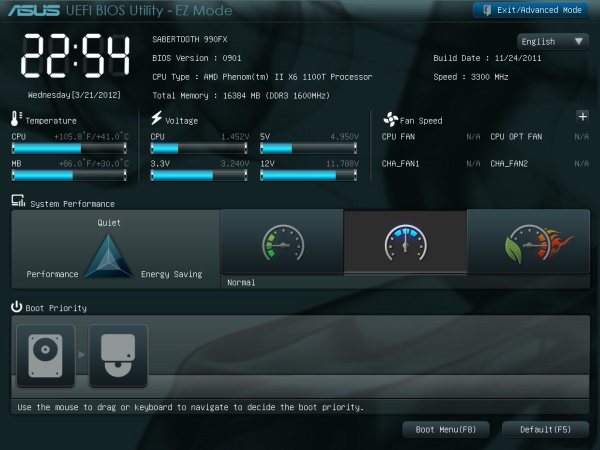
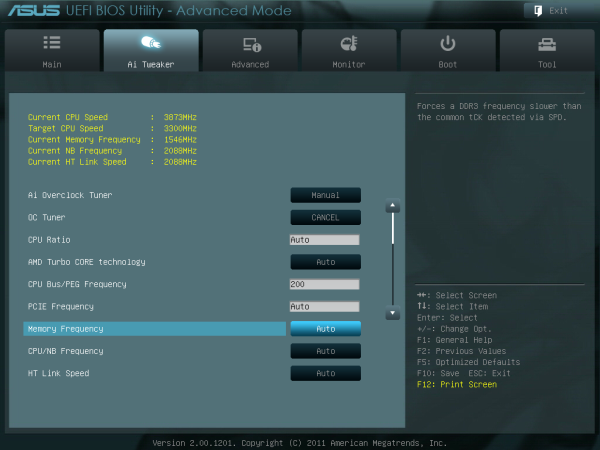
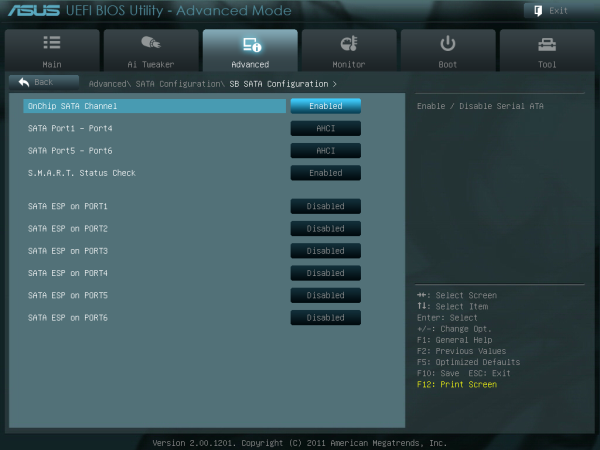
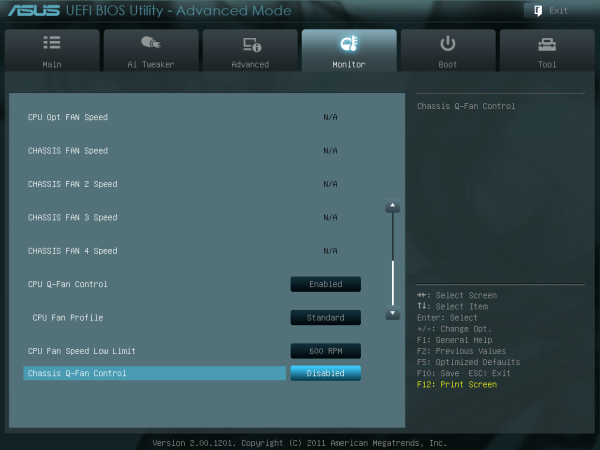
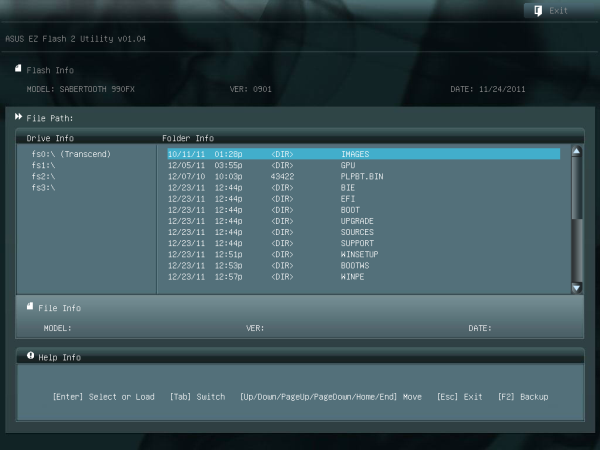














57 Comments
View All Comments
Mathieu Bourgie - Friday, April 6, 2012 - link
Here's hoping*john21108 - Friday, April 6, 2012 - link
I read the review and didn't see the FX-6200 getting walked over. The benches were all pretty close; the FX, X4, and the X6 all trading blows. At worse, the FX-6200 performed similar to the X4 980; at best, it would barely beat the X6 1100T.The FX looked good to me considering the X6 1100T is going for $240+ on eBay. If building new, is same performance worth an extra $70? Is it an upgrade to an X4 BE or X6, no.
estarkey7 - Thursday, April 5, 2012 - link
I am disappointed in this article for a number of reasons, most of all that the preface of this article had very little to do with the content at all. You start off by stating:"...despite the fact that Windows 7 (and Windows 8, natively) is now receiving updates so the operating system can understand the processor architecture a little better, and hopefully boost performance. This gives a second wind to those owning (or thinking of owning) a Bulldozer based processor, and in turn, a 900-series motherboard."
With that being a defining point of this article, where are before and afters? I and everybody else on here already know what Anand did (hell, we read this site multiple times a day!). Why should I give this platform a second look?. Your preface led me to believe that I would see benches of these motherboards before and after firmware revisions or more importantly firmware revisions and Win 7 vs. Win 8 preview.
It doesn't even make sense to run a full set of benches against motherboards with the same processor at stock speeds, as the differences will surely show in their overclocking potential and feature sets.
Do you even realize that after reading this article that every single reader of Anandtech.com learned absolutely, positively nothing about Bulldozer vs. Thurban vs. Intelxxx that they didn't already know before they wasted 15 minutes of their time?
Why not just delete it, and we'll forget you ever wrote it...
IanCutress - Thursday, April 5, 2012 - link
The purpose of the review was to look at the motherboards and the differences between them, not the absolute performance of the processors. Hence why this review is listed under the motherboard section rather than the CPU section, and the paragraph you quoted ended with the phrase, with appropriate pauses to create emphasis on, 'a 900-series motherboard'. The initial paragraph created purpose and the fact that there is reason to perhaps own one of these motherboards, generating the context and situation to which they are currently in.Anyway, as a regular reader of Anandtech, surely you recognise me as the motherboard reviewer for the past year or more? :)
Ian
estarkey7 - Thursday, April 5, 2012 - link
Ian,I let my recent bulldozer system build get the best of me!
I retract my statement. I believe my attack on you was not reasonable and served no purpose. Although I do disagree with some of the phrasing in the intro paragraph, my post was not warranted and I sincerely apologize.
Keep up the good work.
Ed
Dekkatek - Thursday, April 5, 2012 - link
I don't know if anyone else noticed this, but there is a galler pic of the ASUS Crosshair board with a 4 video card setup and the 4th card is not physically connected to the motherboard!http://www.anandtech.com/Gallery/Album/1843#13
IanCutress - Thursday, April 5, 2012 - link
Haha nice catch :) Most of those images are from ASUS' media kit for the board - I think I must have looked at it and thought they were using the ROG Xpander for four-way. Looking at the Xpander page now, it was only ever compatible on the R3E and R3F.Ian
Makaveli - Thursday, April 5, 2012 - link
When did you need a $1000 extreme edition cpu to be an enthusiast.I'm not really sure what point you are trying to make.
A i7 920 a 2500k or 2600k are all enthusiast cpu that cost less than $400. And all outperform AMD current line up.
It like you are trying to be like AMD before they launched BD comparing it the 990x and saying look out processor is better and doesn't cost $1000 don't make me laugh.
If you are gonna troll you better start doing a better job.
cocoviper - Thursday, April 5, 2012 - link
$1000? Try any CPU over $240.http://www.anandtech.com/show/4955/the-bulldozer-r...
http://leapvine.com/p/1237/Intel%20Core%20i7-2600%...
CPU price ranges tend to range between $50 and $1000 in the retail market. AMD's fastest solution captures the lowest 25% of this market, leaving 3/4 of the price range, and the range with the best margins, to Intel. We all want AMD to be competitive again like they were in the late 90s/early 2000s but they simply aren't.
AMD has also officially stated they have no intention to compete in the performance / enthusiast segment. Per Anand:
"As AMD's client strategy is predominantly built around APUs, the only high-end desktop parts we'll see from AMD are low-end server CPUs. Socket-AM3+ has a future for one more generation and we'll likely see other single-socket, high-end platforms for the desktop. The days of AMD chasing Intel for the high-end desktop market are done though. That war is officially over."
http://www.anandtech.com/show/5503/understanding-a...
BaronMatrix - Thursday, April 5, 2012 - link
Why doesn't anyone use the recommended GPU? If I buy an 8150, it will at least get a 6970 but probably a 7970.No wonder I left this "review site" stuff alone. I can't learn anything except that people think there are 50 CPU makers and AMD is the worst.
Good luck with that.